13 erstaunliche Gründe, warum Bärtierchen Supertiere sind
Advertisement
7. Most often, tardigrades feed on bacteria, plants, and even other tardigrades. They penetrate individual cells of their prey, sucking out its contents to obtain nutrients. Inside their weird-looking mouth, they have sharp dagger-like teeth that they use to pierce other living organisms and algae.
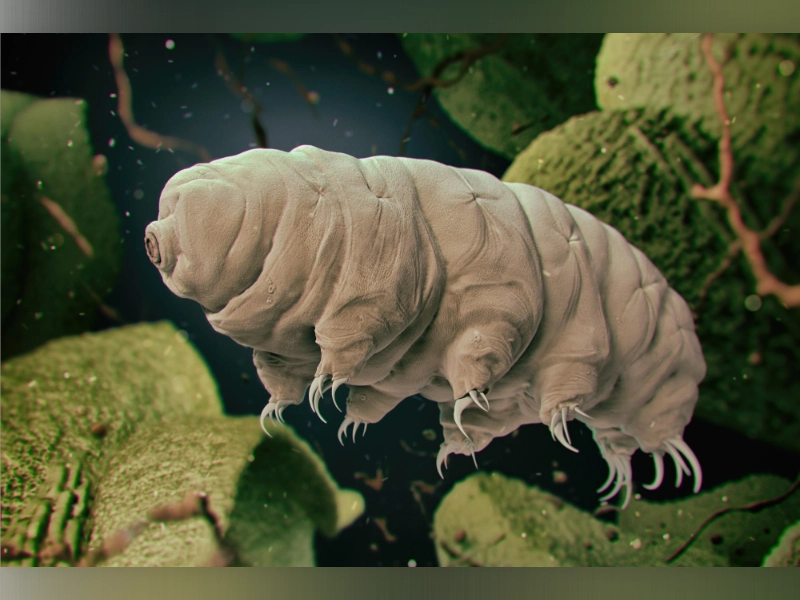
8. When tardigrades have enough food and water to support basic functions, they go through a natural life cycle that rarely lasts more than 2.5 years. However, these water bears can live much longer if they enter a state of cryptobiosis when environmental conditions become unbearable. Contrary to popular belief, tardigrades do not live forever. Stress from freezing, radiation, and the high temperature still affect their physiology.
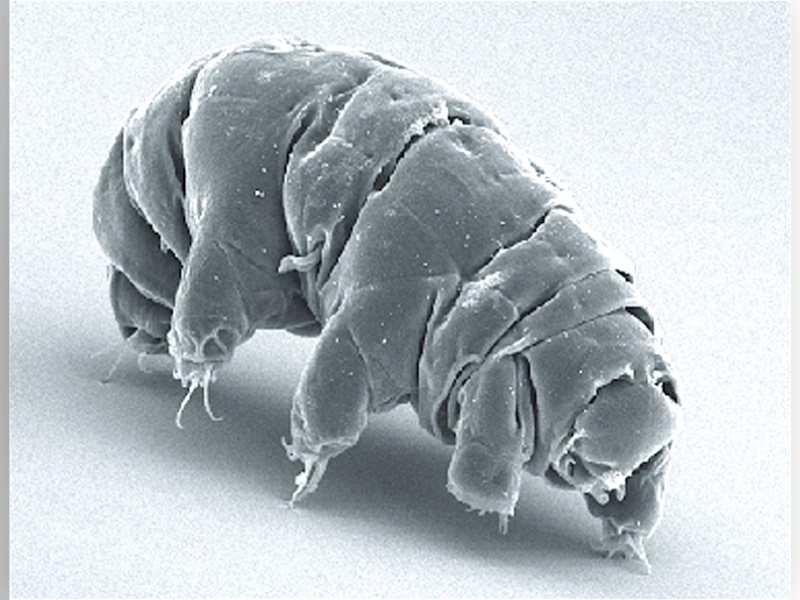
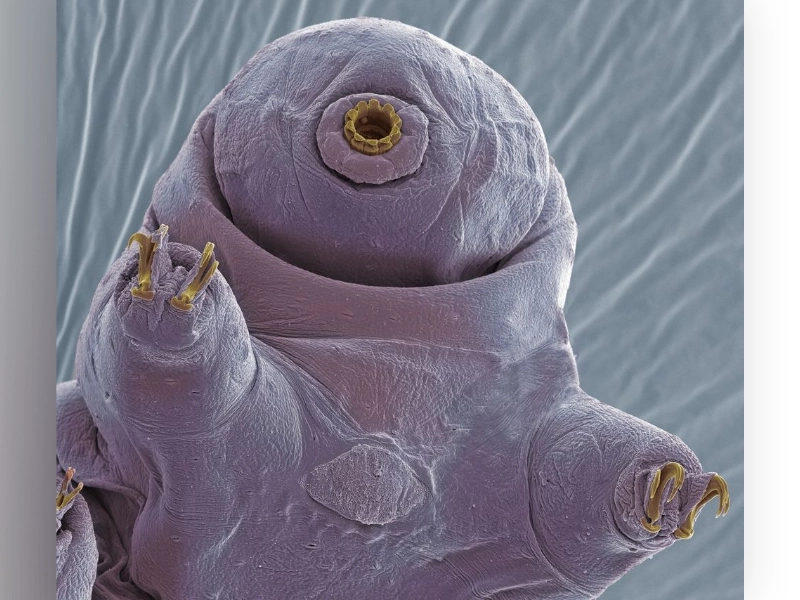
Advertisement
Empfohlene Artikel:
Die spektakulärsten farbigen Tiere der Welt →
Sie befinden sich auf Seite 4 dieses Artikels. Weiter zu Seite 5.
Bleiben Sie auf dem Laufenden
Einmal pro Woche erhalten Sie umsetzbare Wachstumseinblicke. Kein Schnickschnack, kein Spam – Abmeldung jederzeit möglich.
Advertisement
DAS KÖNNTE SIE AUCH INTERESSIEREN
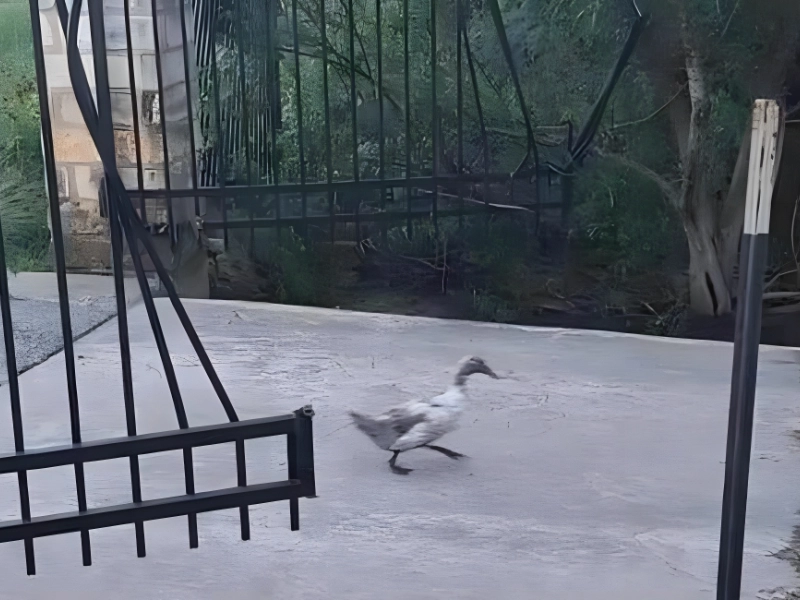
Urkomische Tierfotos: Diese Viecher haben definitiv das Sagen!
07/19/2025
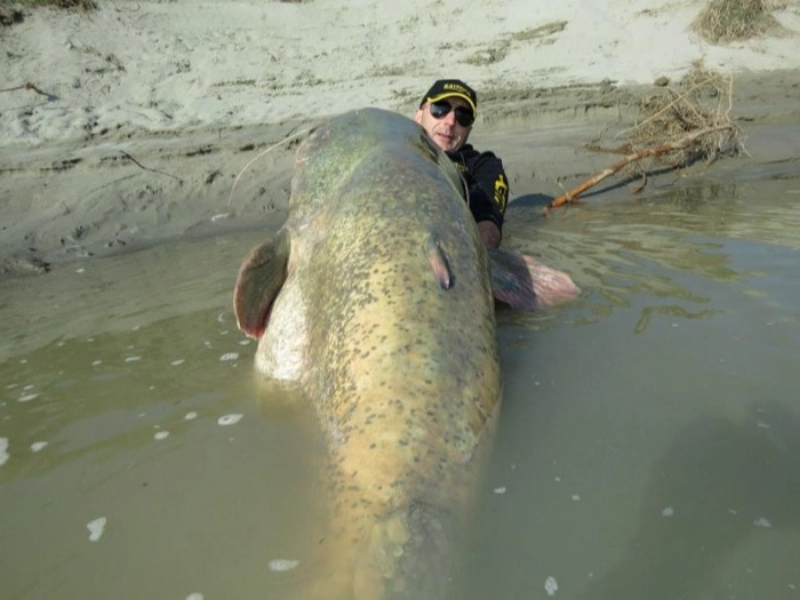
Angler fängt Riesenfisch – und stößt auf verblüffende Entdeckung!
06/17/2025

20 Entdeckungen, die Sie machen, wenn Sie eine Katze bekommen
07/12/2025
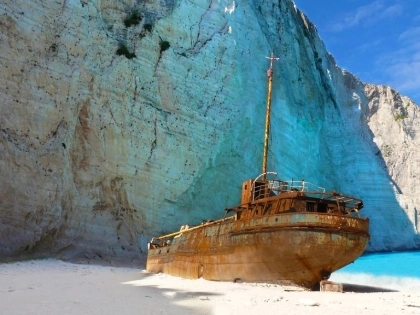
15 einzigartige Strände, die eine Reise wert sind
08/09/2025

Die lustigsten Kochfehler, die Sie je sehen werden
07/25/2025
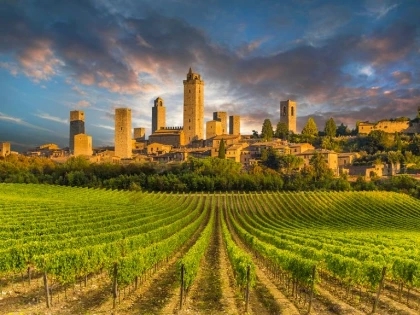
17 märchenhafte Orte für diejenigen, die den Lärm in den Städten satt haben
08/03/2025

Top 39 Ikonische Autos aus den 1960er Jahren
08/25/2025
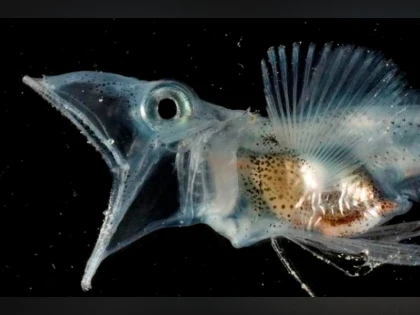
Die 14 seltsamsten transparenten Tiere der Welt
09/02/2025

Erstaunliche Liste: Die stärksten Hunderassen!
07/07/2025

Die Schönsten Brautkleider Der Hollywood-Stars
07/25/2025

Der seltene rosa Mops stiehlt 800.000 Herzen auf Instagram
08/03/2025
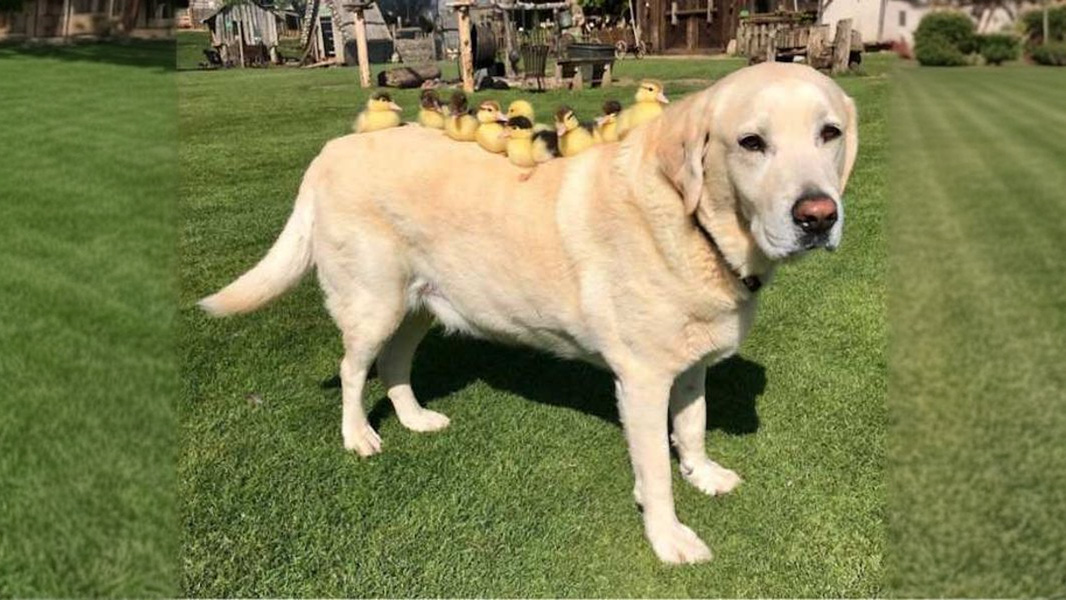
9 herzschmelzende Tierbilder, die perfekt zum Kuscheln sind!
07/06/2025

17 echte Fotos, die Ihnen eine Gänsehaut bescheren
08/06/2025

Die 22 beeindruckendsten Brücken der Welt, die Abenteuer bieten
08/03/2025
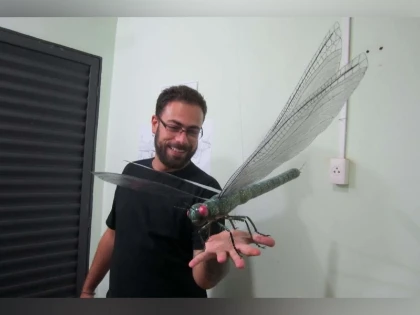
Treffen Sie die außergewöhnlichen 8 prähistorischen Tiere, die allen Vorstellungen trotzen
09/10/2025

Wreck-It Yourself: Lustige Momente nach gescheiterten Renovierungen
08/05/2025
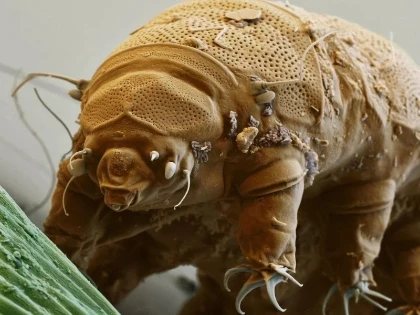
13 erstaunliche Gründe, warum Bärtierchen Supertiere sind
07/02/2025
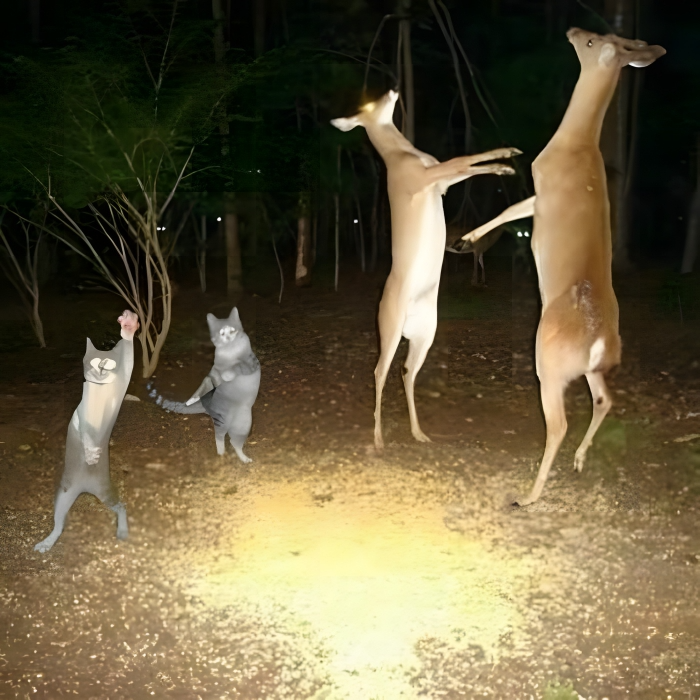
Lustige Fotos, die uns ratlos zurücklassen!
08/08/2025

Die lustigsten Hundefotos
08/04/2025
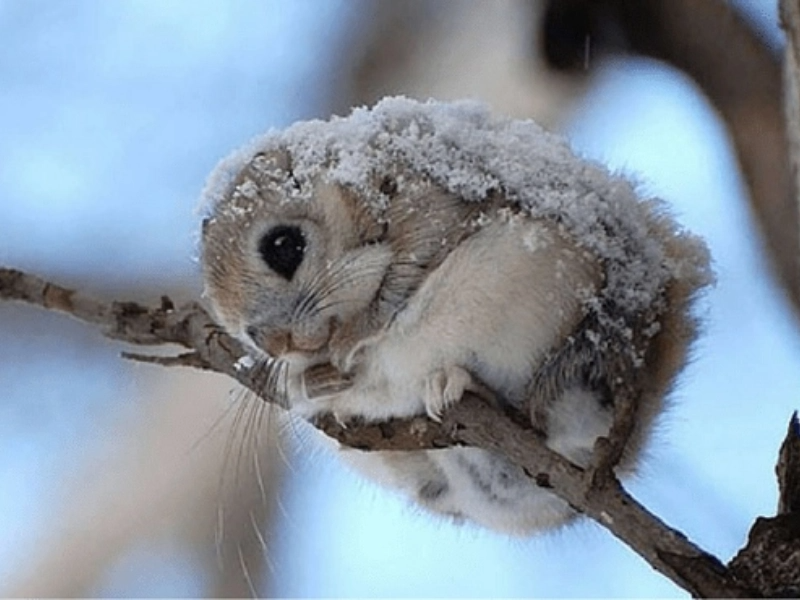
20 Tierfotos, die jeden aufheitern!
07/12/2025

Erfolglose, aber sehr lustige Fotos von Mädchen
07/31/2025

15 Lebensmittel, die morgens besser gemieden werden!
06/19/2025

Urkomische Photobombs von aufmerksamkeitsheischenden Hunden und Katzen!
08/09/2025

25 verrückte Hochzeitsfotos, die Sie garantiert zum Lachen bringen!
08/01/2025
Kommentare
MondFunke · 08/04/2025
Reifungszeit spürbar im Ergebnis.
HöhenFalter · 08/21/2025
Toleranzfenster bewusst definiert.
SchattenGleis · 07/12/2025
Initiale Metrik-Erhebung leicht.